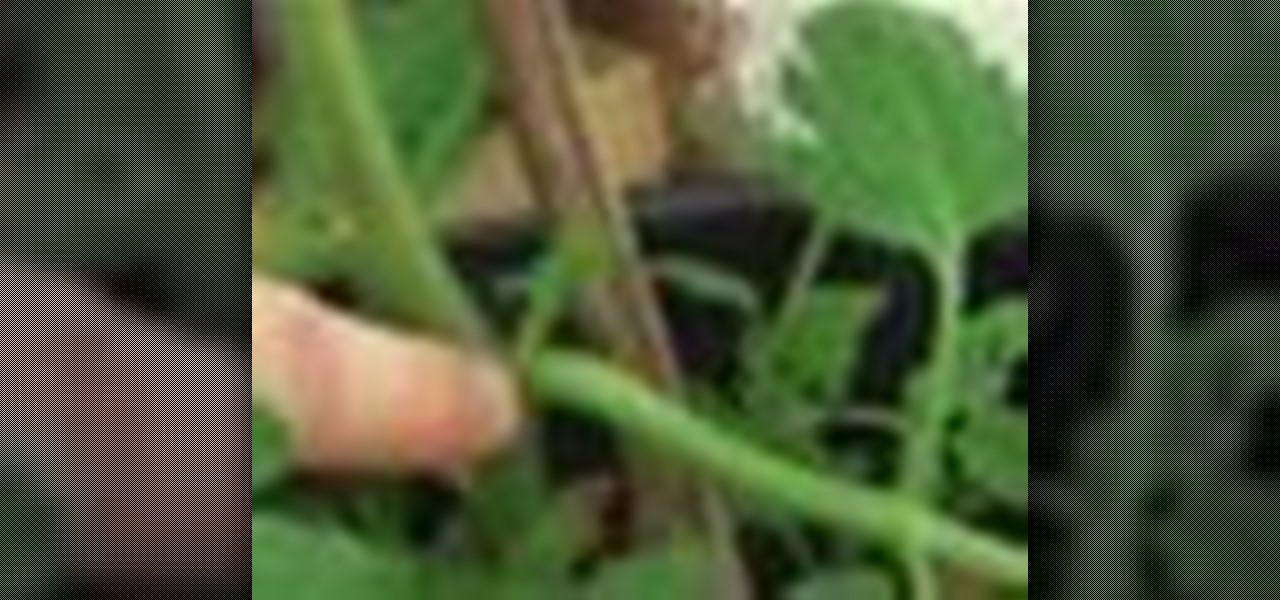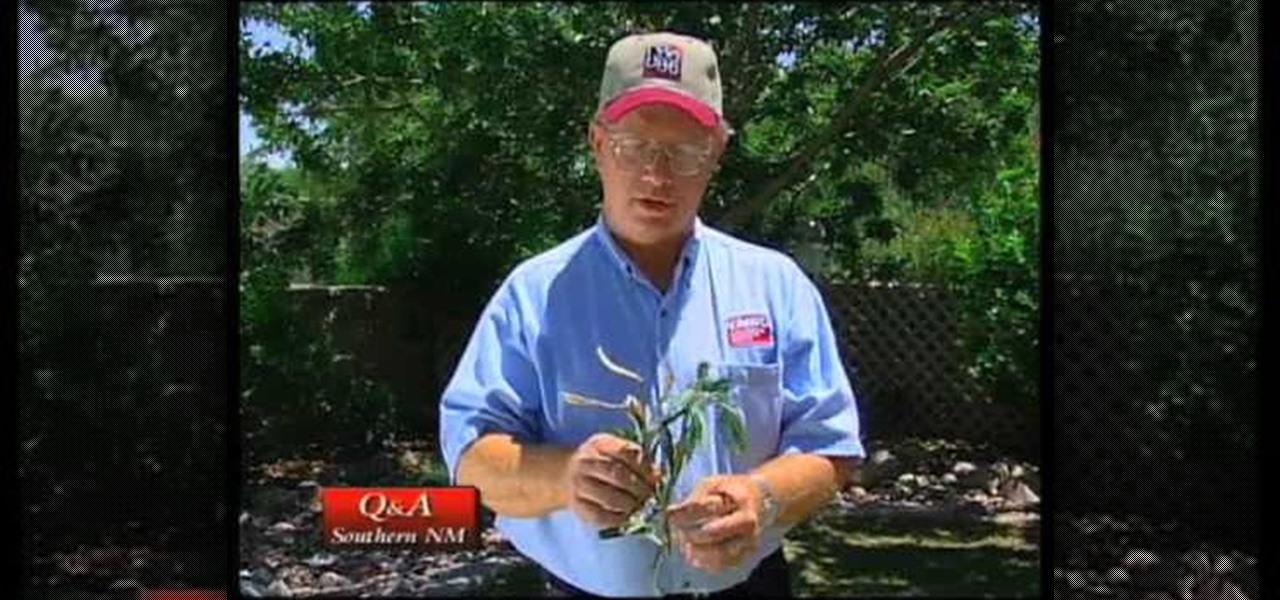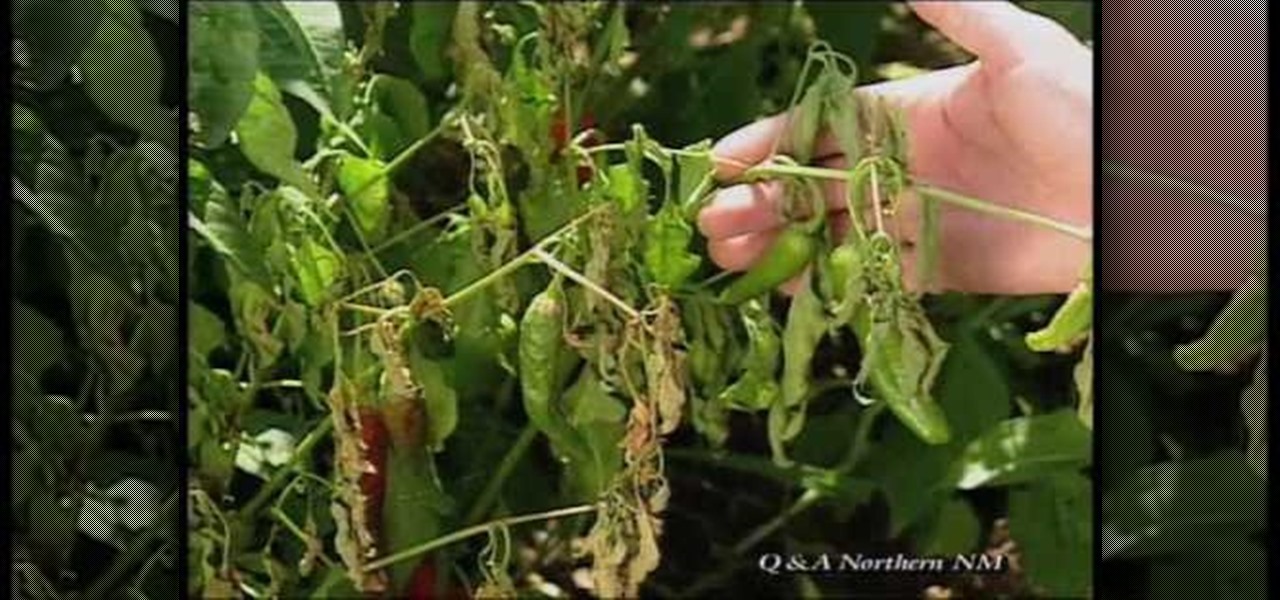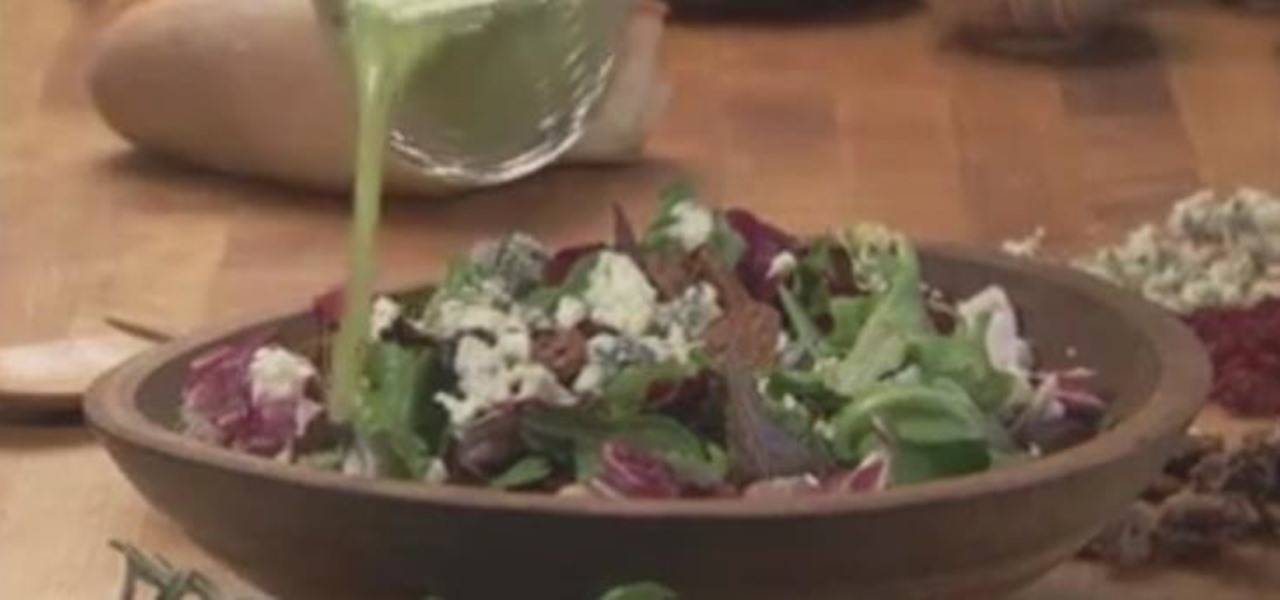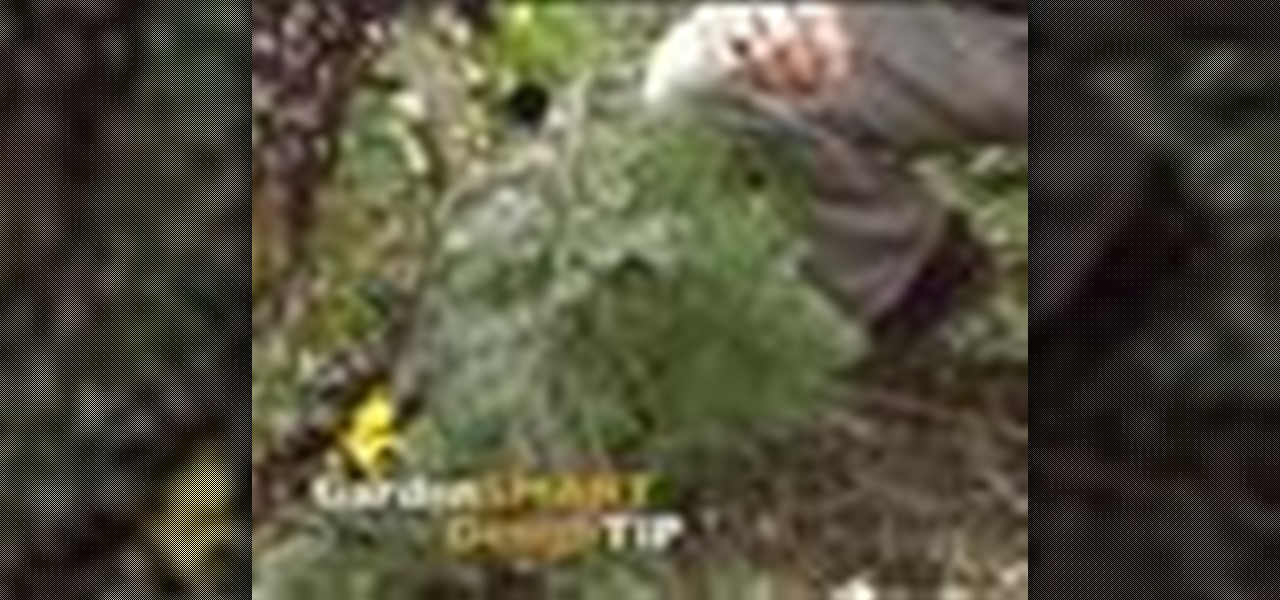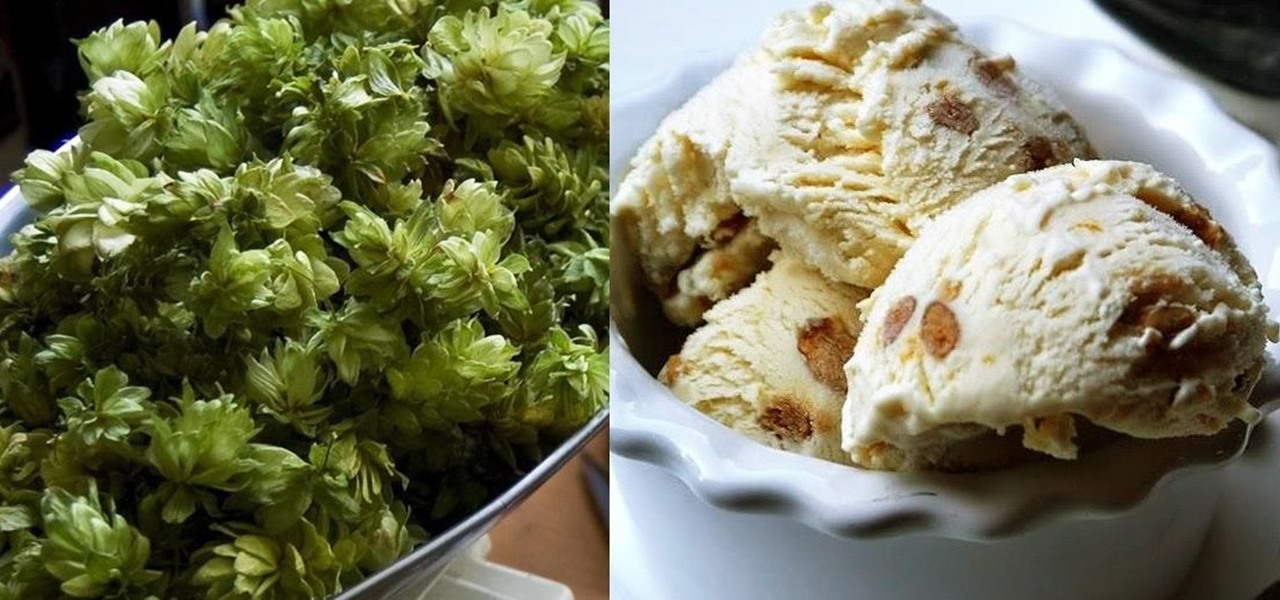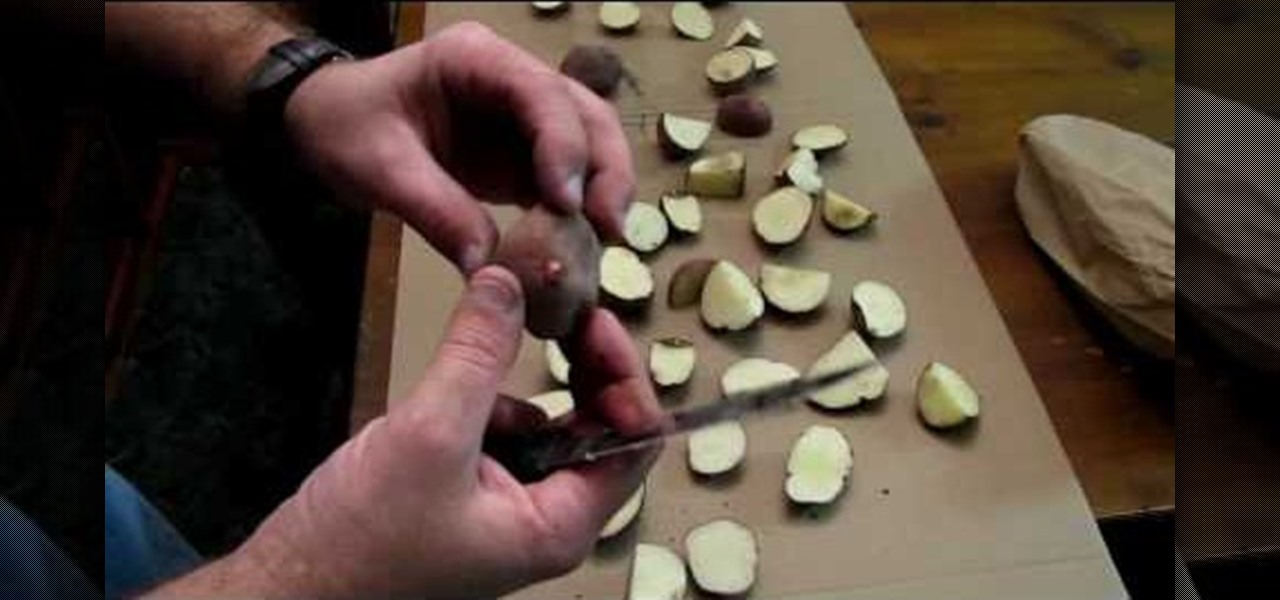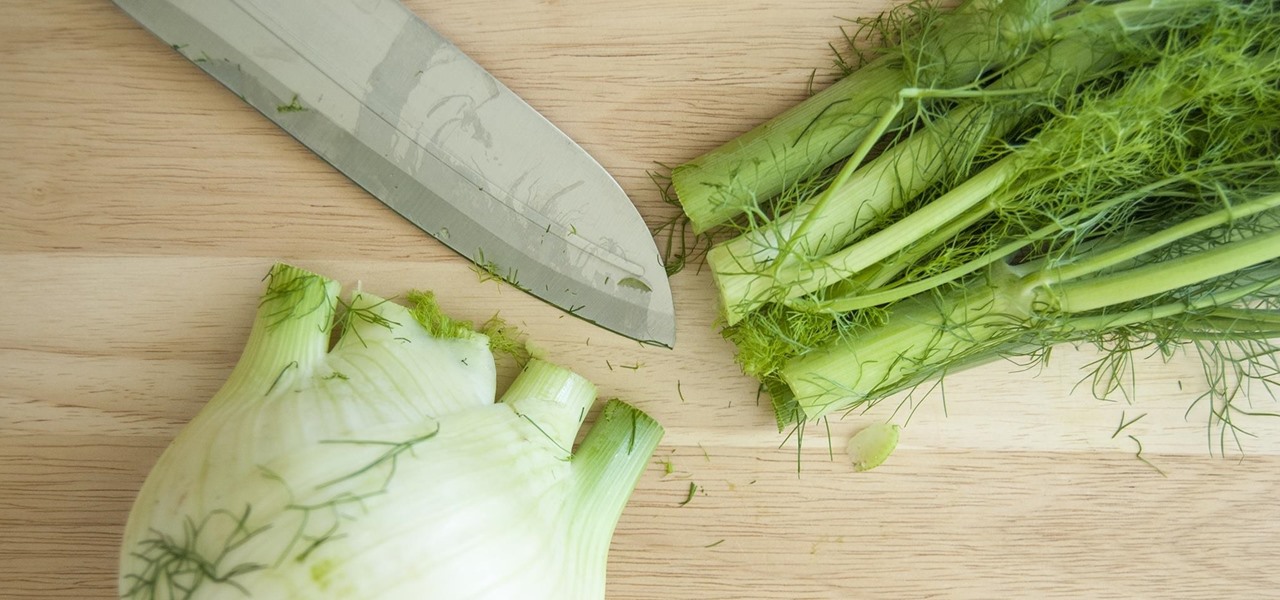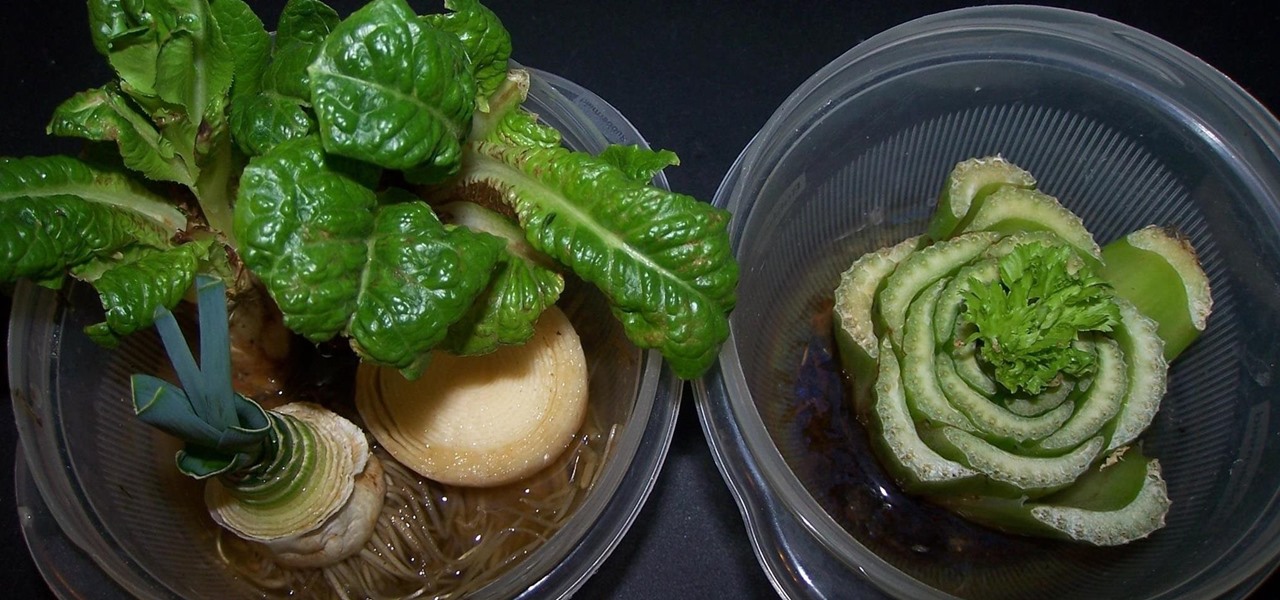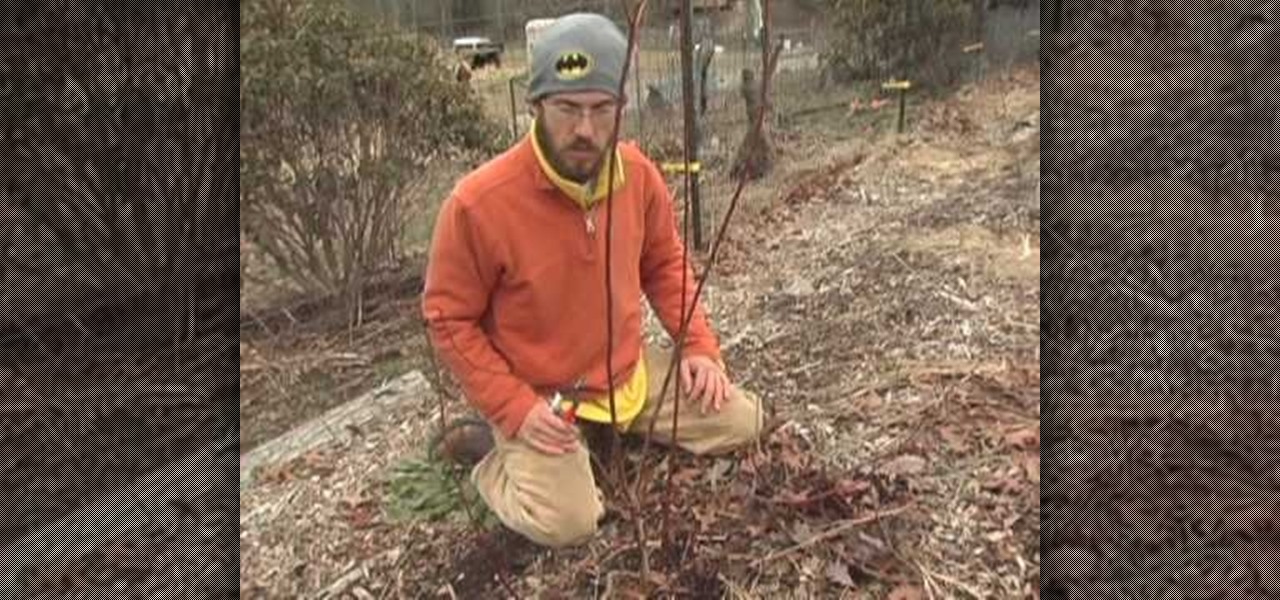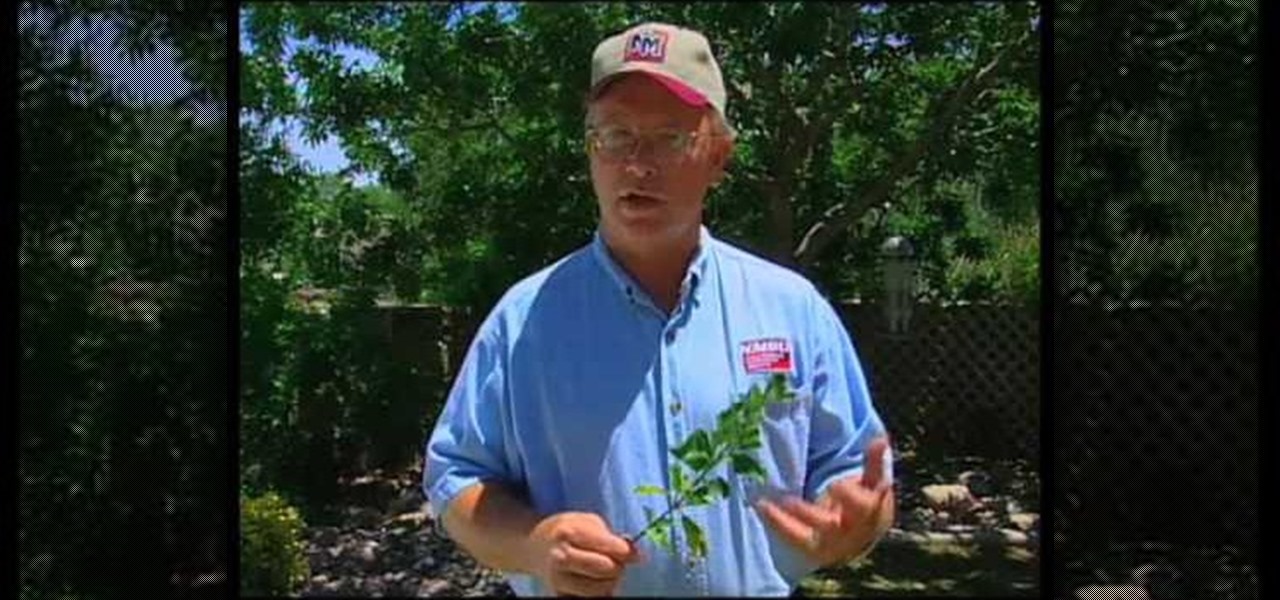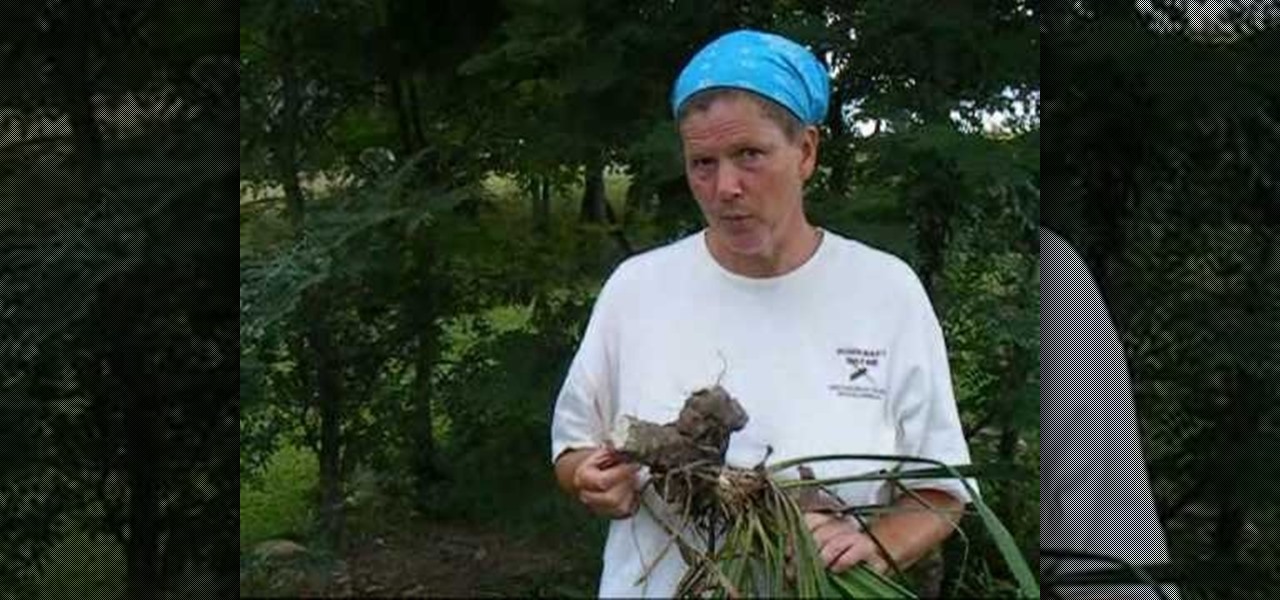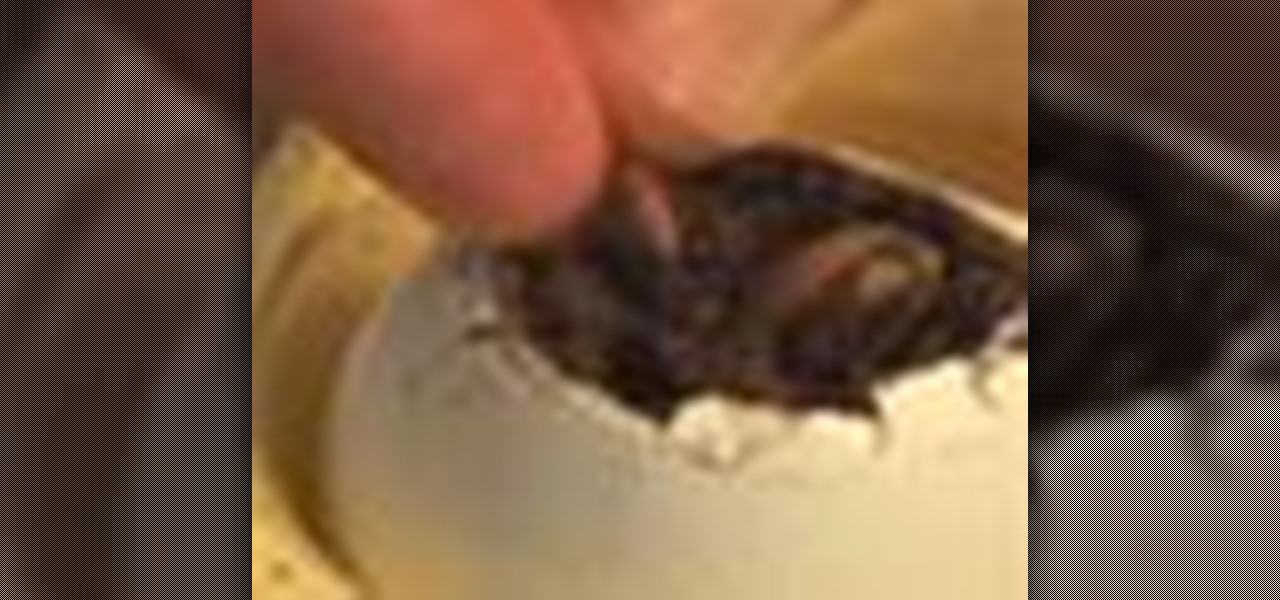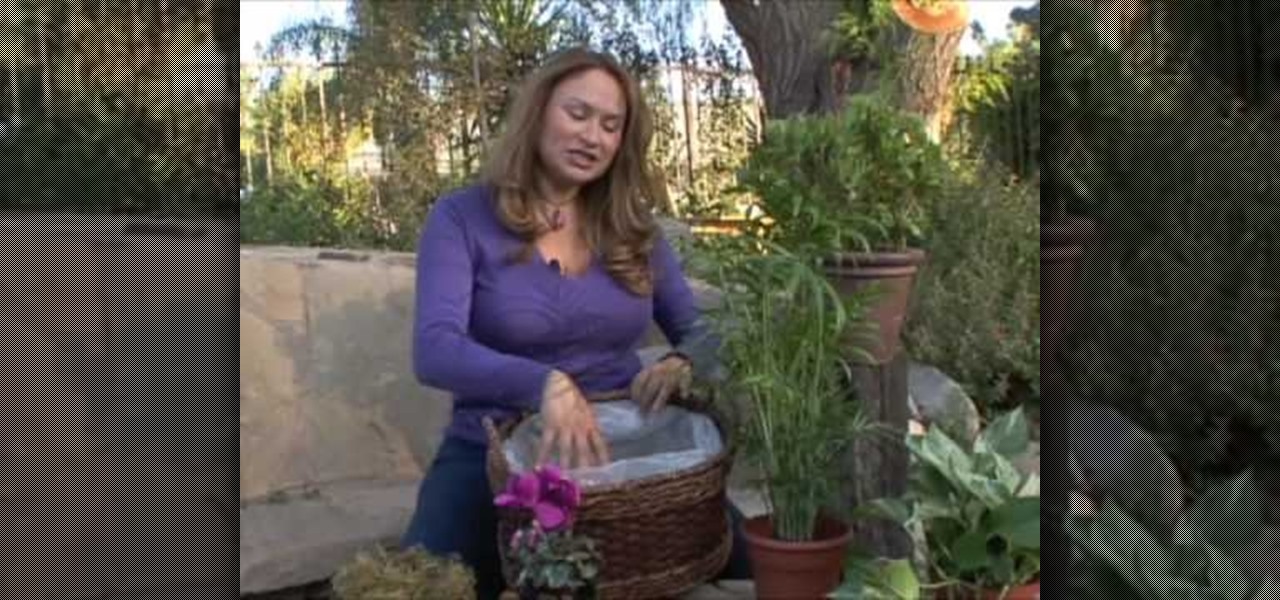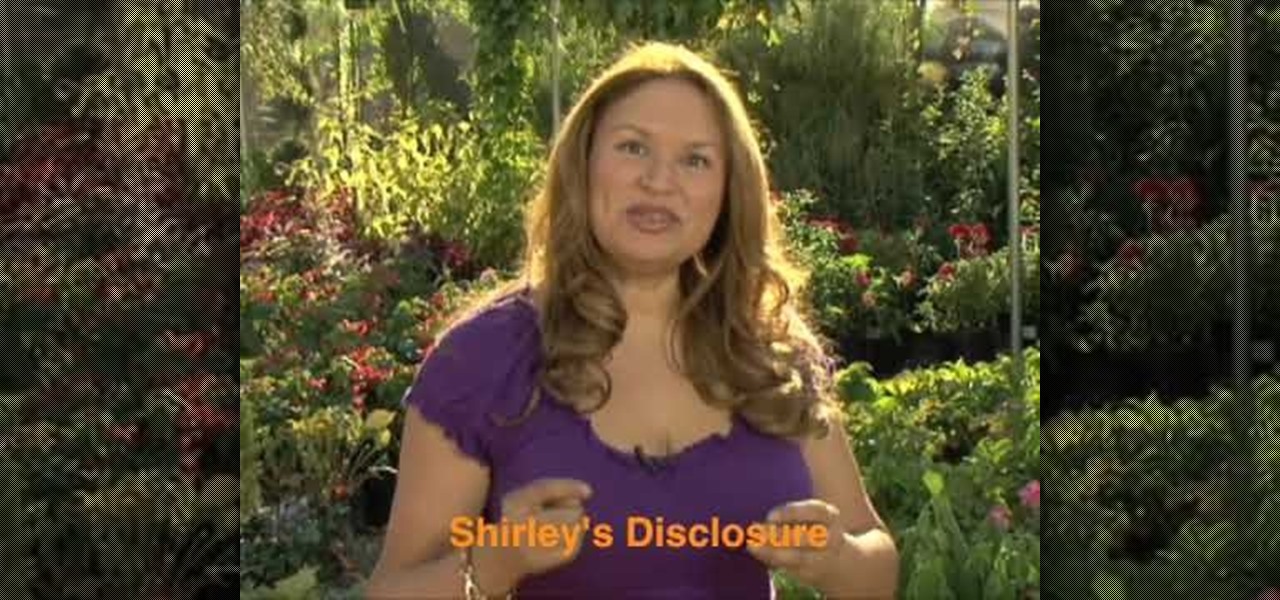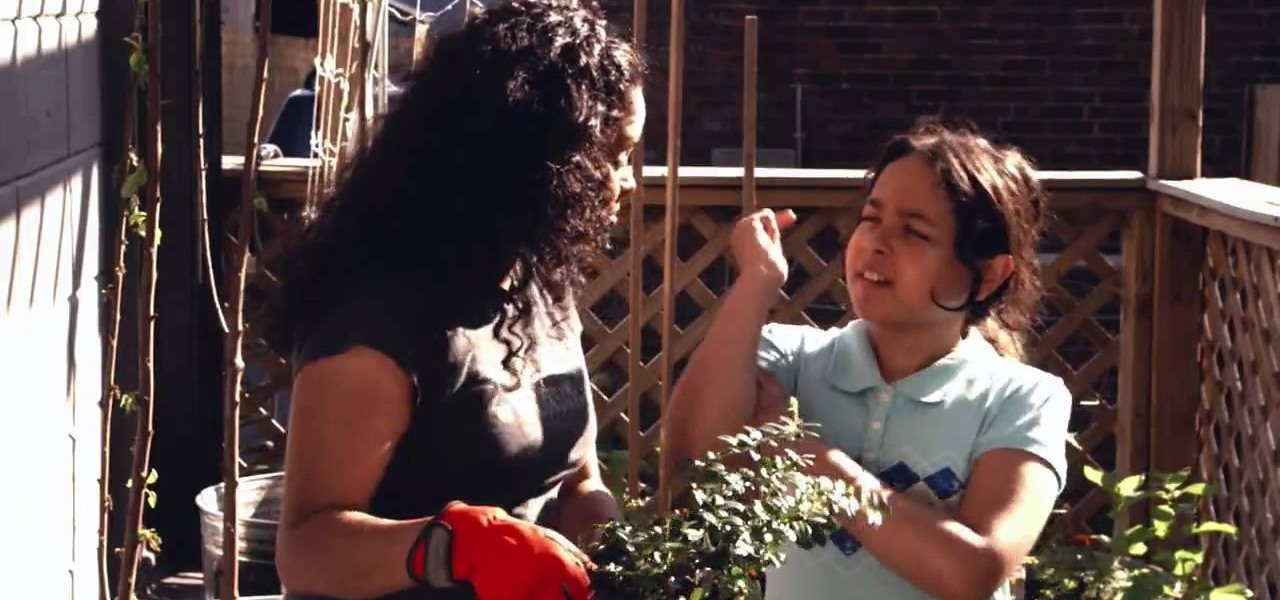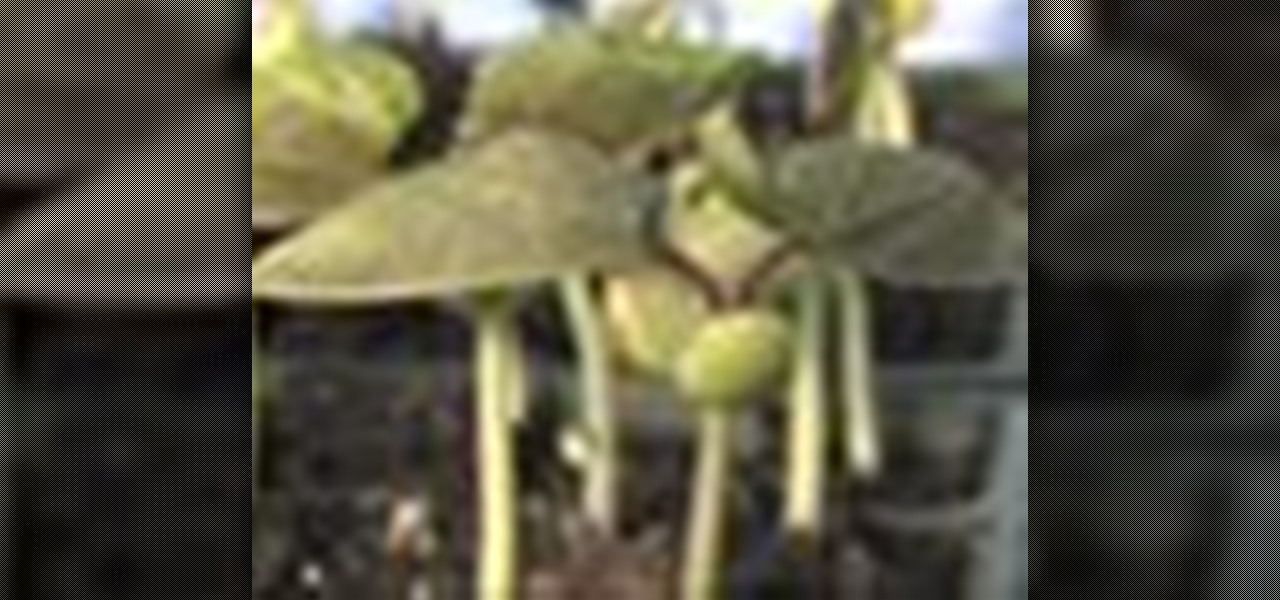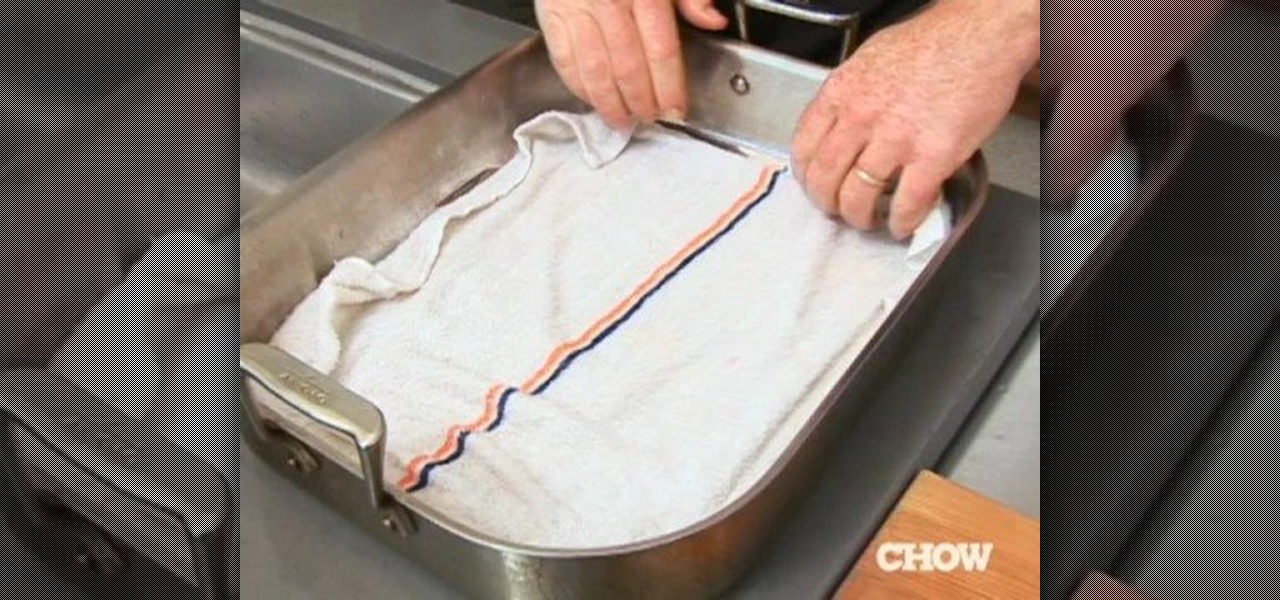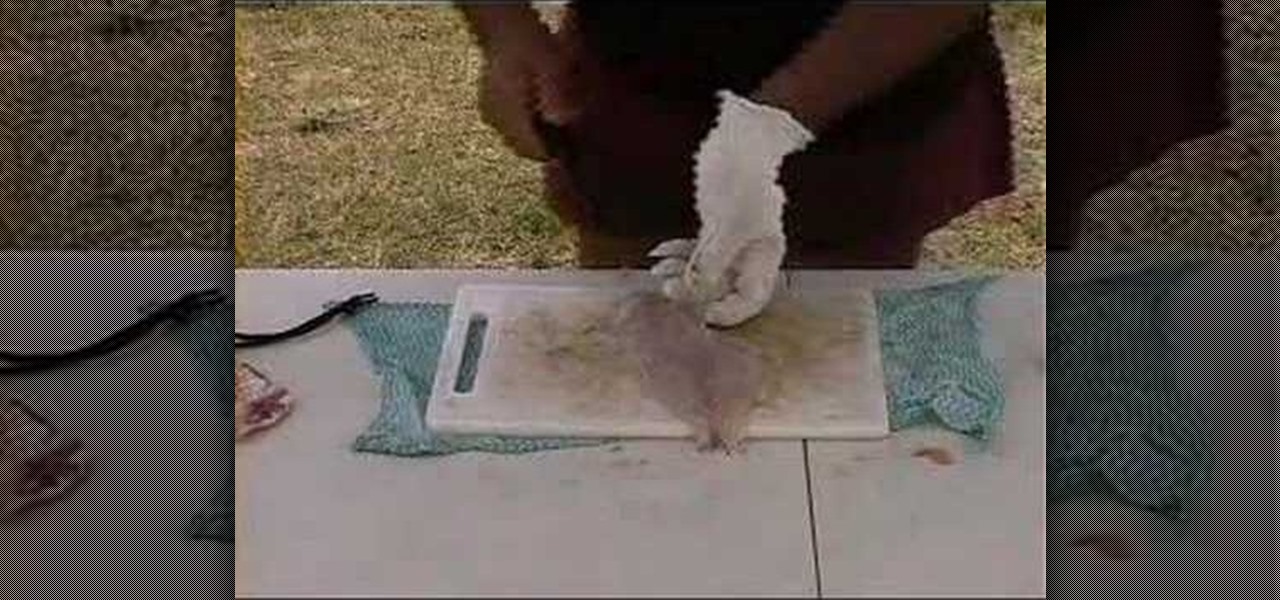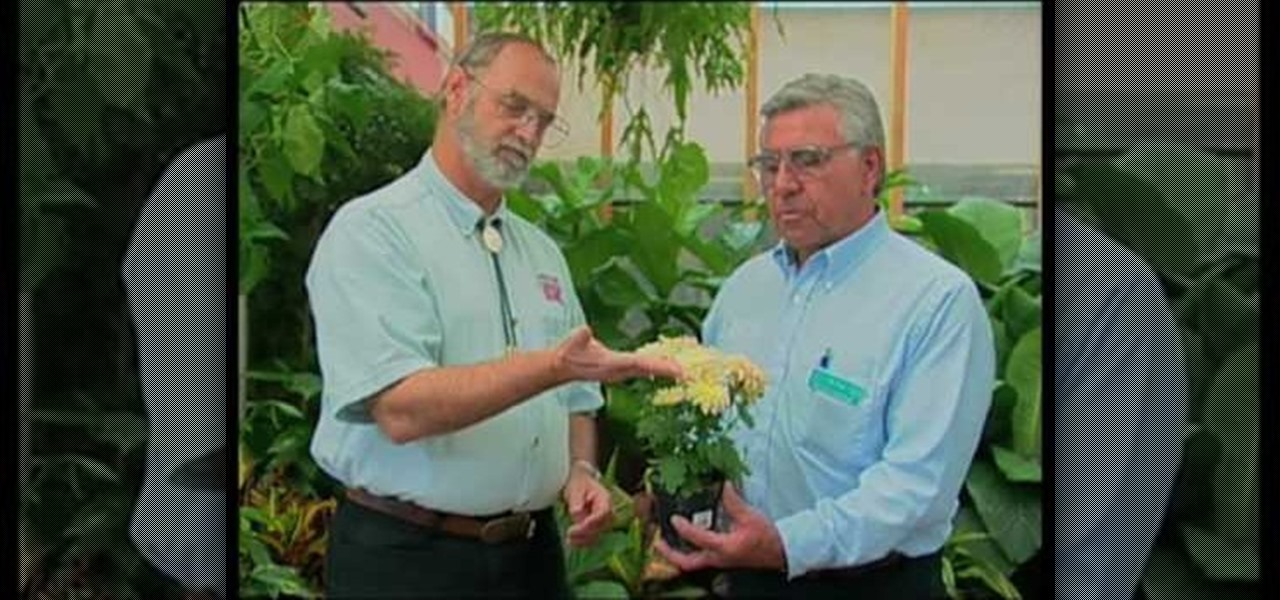
Snails and slugs can really be a problem sometimes if you are a gardener. They feed on plants and can be considered pests, sometimes even getting inside your house. They are identified by their tell-tale slime trails. A bad infestation can be very hard to deal with. However, specialized cleaners or fertilizers can help your garden snail-free.
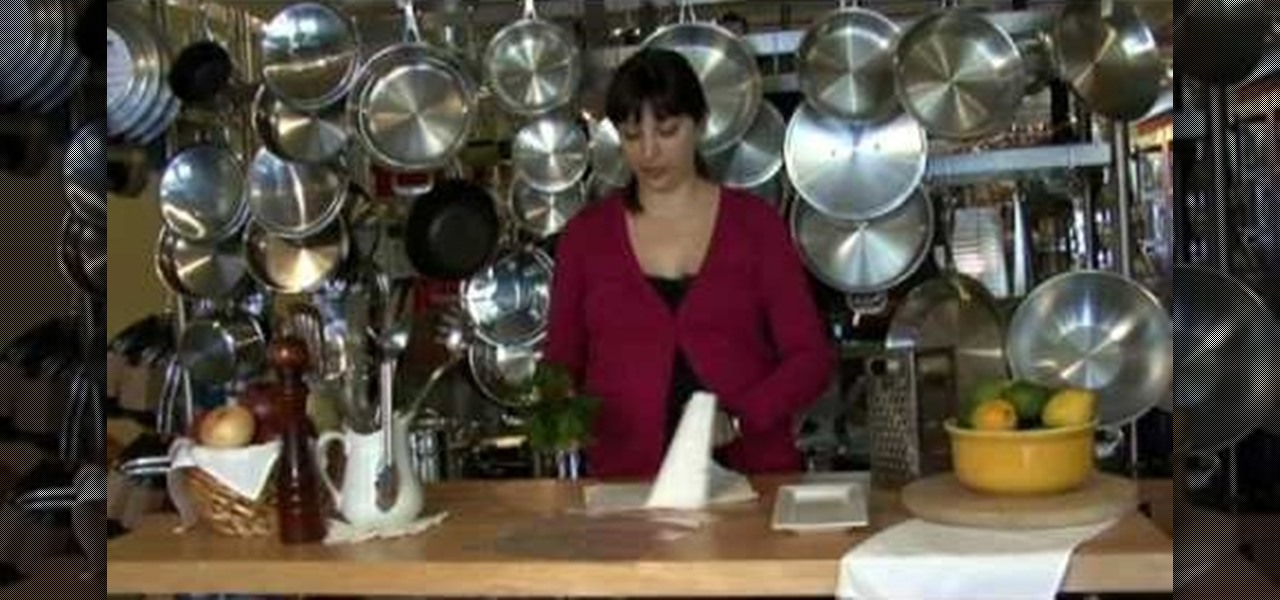
Having a nice supply of fresh herbs from your own herb garden or from the grocery store is a great way to enhance and add flavor to virtually any meal. But, what do you do when you have a surplus of fresh herbs? This video from Food Network offers an easy way to store all those fresh herbs, so you will have them fresh and ready when you need them in the kitchen. First, dry them with a paper towel, wrap them in a paper towel, store in a Ziploc bag and place them in the fridge until you are rea...

Plants vs. Zombies, a great tower defense game from Pop Cap games! If you're looking to try to get all the achievements, there's one in particular that requires a little forward thinking and that's Nom Nom Nom. In this video from Achievement Hunter you will learn the three different types of plants that'll be the most effective to getting the achievement.

Taking care of houseplants is a tough job, especially if you have more than one kind, because the proper, healthy growing conditions can become muddled. If one of your houseplants is a African violet, which is a saintpaulia flowering plant, then this video will help you take care of it for a thriving plant that will surely brighten up any room. Learn about picking the right environment, watering, fertilizing and keeping pests away.
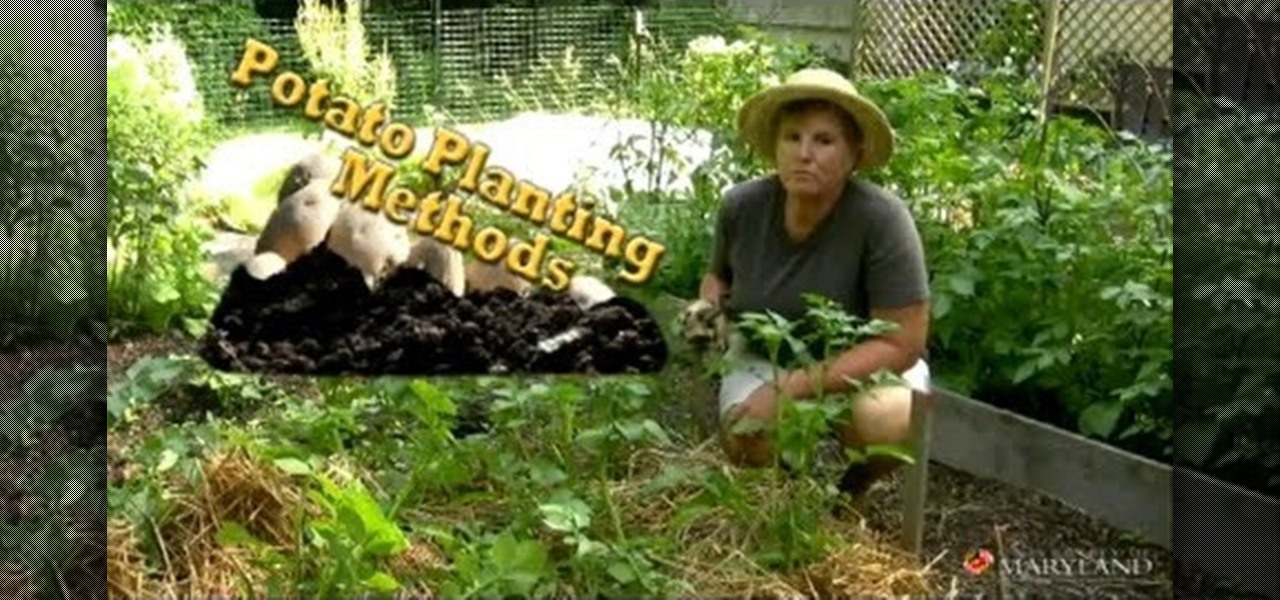
If you're having problems growing potatoes in your yard, you may have to try another method. Using different methods is very common when growing plants since certain areas may require more or less of a certain ingredient.
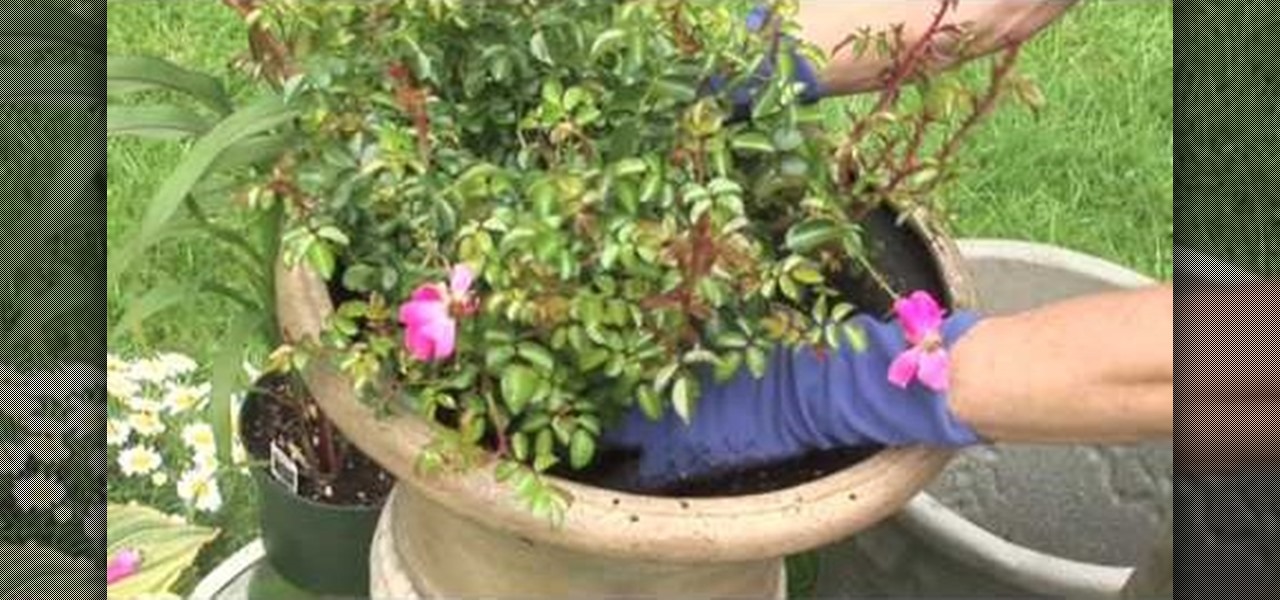
If you're looking for a way to add more flowers to your garden, but are out of space, then try using a container. Containers are perfect for holding one or several different types of flowers. Roses can also be grown in containers as well.

Planting potatoes is a great way to test the power of your green finger. It's a fairly easy vegetable to grow and the results are beautiful and delicious potatoes that can be used with any great meal. So in this helpful video tutorial, you'll find out what you need to do in order to plant potatoes in your yard. Good luck and enjoy!

This video from the the excellent UK series Container Gardening for Food teaches you a simple technique for increasing the yield of your tomato plants. By simply pinching out the new buds your plants continues to sprout after its already fully limbed, you can keep it from expending energy making new limbs and make it focus that energy on growing larger, more delicious tomatoes. A must-watch for any at-home tomato grower.

The video answers questions on whether containerized tomato plant need to be replanted, problems with yellow tips of an oleander and spots on a silver berry shrub. The tomato plant may be replanted in a bigger container and staked/caged to avoid wind damage. If planted in the ground, it is recommended to plant it at an angle, up to the first branches because tomato plants are able to set out adventitious roots. The yellow and brittle leaves of an oleander is also identified as the result of f...

This video answers some questions on how to identify some of the problems that occur in vegetable gardens: for example, if there are missing leaves on your tomato plant, then it is an indication that they are being eaten by something. In some cases, this pest is the Tomato Hornworm. The Mosaic Virus and Curly Top and Tomato Spotted Wilt also attacks tomato plants.

Fresh herb vinaigrette is a salad dressing that you can make all year round now, as most stores now stock a variety of fresh herbs. The fragrance alone is worth the two minutes it takes to whip together.

Learn how to cut back plants in your garden effectively to encourage new growth and remove dead and diseased branches. Follow this Howcast guide to learn how to prune plants.

Food, water, and shelter—that’s all butterflies and birds need to consider your backyard a home. And the great thing is that what attracts them will beautify your yard as well!

Evergreen bows, like Hemlock, can be placed over tender plants to protect them against cold, winter winds. Gently place them over the plant creating a tepee or tent form. It will allow some air circulation underneath so the protected plant doesn't rot but the Evergreen bows protect it against the cold.

Cytochrome P450 (P450s) are proteins found in nearly all living organisms, which play roles that range from producing essential compounds and hormones to metabolizing drugs and toxins. We use some of the compounds synthesized by P450 in plants as medical treatments, but the slow growth and limited supply of these plants have put the drugs' availability in jeopardy and jacked up prices.

Before you bite into that beautiful tomato in your garden, the tomato fruitworm, or the Colorado potato beetle, might have beat you to it.

Hops have always been known as the driving force behind beer, but now they're starting to grow their own culinary wings. Slowly but surely, this bizarre and bitter plant is showing up on more and more menus across the country as it catches on as a trendy and up-and-coming ingredient. What Are Hops?

There is very little in this world that tastes as good as a glass of fresh-pressed juice. The flavors in fruit and vegetables are more clean and immediate on your palate, while the chlorophyll and nutrients seem to zip right into your bloodstream. A really great glass of fresh juice makes you feel more alive and the pasteurized versions on supermarket shelves just can't compare. However, as much as I love a glass of fresh juice, if I had to do it all over again, I wouldn't buy a juicer. The o...

Get rid of your water-wasting sprinkler system— but not entirely! Keep your landscape and garden maintained by converting those sprinklers into eco- and pocket-friendly drip irrigation. In this how-to video, Paula Mohadjer from the Cascade Water Alliance explains how you can easily convert your sprinklers into a drip irrigation system.

This video describes how to cut and plant potatoes in your own garden. Potatoes are easy to grow almost anywhere and can be started early in the year since they are resistant to cold.

Growing populations and higher temperatures put pressure on world food supplies. Naturally occurring soil bacteria may save crops in drought-stressed areas, put more land into crop production, and produce more food.

Fresh herbs are a surefire way to enhance a dish, but buying them at the store each time you need them is costly. Luckily, growing your own herbs is a lot easier than it seems: You can even using cuttings from the herbs you already buy to start your own little herb garden.

There are some ingredients I cook with so often I can never buy too many of them, and most of them are produce. Onions, garlic and fresh herbs are staples in a lot of dishes, and they may be inexpensive, but when you use them on a daily basis it can add up.

Corn is the staple of American agriculture, and fresh corn is a delicious treat. If you want to be able to enjoy fresh corn year-round without paying for imported crops, watch this video. It will show you how to freeze corn and keep it fresh all year.

In order to clean your fish tank, you will need the following: a bucket, water conditioner, aquarium salt, a clean filter, a suction tube, and clean fresh water.

If you plan on growing various fruits in your yard, know that each plant needs to be pruned at certain times of the year. Blueberry plants need to be pruned or burned over every two years so that any pests that may distrupt it can easily be taken care of. The result is a plant that will help produce beautiful fruit that is not only good for the body, but for the mind.

This video illustrate us how to identify problems with ground covering junipers .Here are the following steps .step 1: First of all look through the whole plant and see whether there is any browning or fall of leaf, if so then this may be due to water logging as these plants are good for soil with well seepage and lots of sun.Step 2: Look whether the leafs are free of all the bacterial and fungal infection.Step 3: Look whether there are any spider mites present, if so remove them.Step 4: Look...

Tired of sniffing your health away? Are your sinuses driving you mad? Well this video will show you how to create a Master Tonic to live for. This stuff fixes cold, flu, respiratory problems, immune booster, anti allergy, anti bacterial, anti fungal, anti anything that can hurt you... MASTER TONIC...

Being in the wilderness for an extended amount of time can be bad for your health. One thing it can do for you is cause major problems in the personal hygiene department. Find out how to keep yourself nice and clean by using a yucca plant.

When you start planting something, you will need to nurture and grow a seed. You can plant a seed in a small pot and transfer it later, or you can save yourself the mess and trouble and try the tips in this video. In this tutorial, learn how to plant seeds in an eggshell! Eggshells make great little planters and the best part is - they're biodegradable so instead of repotting your seedling you can just plant the whole egg in the ground!

The video demonstrates the process of planting corn in a small soil-patch in your garden. The lady presenting you the video uses a 75g packet of Corn Honey & Cream Bicolor seeds from Heritage Gardens. Be aware that the corn cross pollinates very easily and hence you have to separate the different types of corn by planting time or by distance. The video says that 150 feet distance between different corn types is recommended but in smaller gardens, spacing can be achieved by different planting ...

Michael Wiesner, a graphic designer, shows you how to draw an agave plant using paper and a writing utensil. He starts by showing you a pencil outline of the drawing and then shows you how to fill it in with a Sharpie ink pen. Each step is detailed on the best way that you would fill in the plant so that it comes out to it's best. If you follow this video through you can create a great looking agave plant on paper.

Take a common indoor hanging basket plant and use it to make a great water plant. You take a stem of tradescantia with the roots attached. Wash off all the soil. Put the stem into a vase with rocks and water in it. Anchor the plant stem down in the rocks. Add some charcoal pebbles to inhibit bacteria growth in the vase. The tradescantia will grow roots in the water. To keep it healthy also add some hydroculture fertilizer to the plant about once a month. Also you may want to change the water ...

Succulent Kalanchoe plants are very easy to multiply. The first thing that you need is a healthy mother plant. Take a small leaf section from the base of the plant. Clean the dirt up on the leaf. Set the leaf out to dry in a nice warm area where you don't get direct sunlight because you don't want the leaf to dry out. The area around the stem of the leaf will get calloused over. Once it is calloused over you are ready to plant the leaf. You need some well draining soil such as seed starting m...

Lingonberries are really popular in Sweden. One fact about Lingonberries that people don't know is that they are high in vitamin C. Lingonberry plants produce berries once in the summer and once in the fall, so you get two harvests from this crop which is a really nice. The Lingonberry bushes grow to be one and a half feet wide and one and a half feet tall. So they don't get too large. Take the plants out of the containers very gently. Place the plant in a pot and add some potting soil to fil...

This video shows you how to plant banana trees. There is a kind of banana tree that is winter hardy. It's called an Orinoco Banana Tree. Use a pitchfork to loosen the soil where the banana tree is going to be planted. Just poke the dirt with the pitchfork until the area that the tree will be planted in is loose. It should be about 2 times the size of the pot the tree is in. Take a shovel and shovel the dirt out of the hole. Take the tree out of the pot and put it in the hole. Center the tree ...

Learn how to start seeds for planting. Start your own seeds to save money, grow different plant varieties, and extend your growing season.

An easy makeup tutorial to look fresh, youthful and effortless. This makeup routine takes me 5 minutes tops! It's all about minimal eye makeup and giving your lips and blushing skin the attention.

You bought a whole bunch of strawberries on sale, but you don't want them to go bad. CHOW contributor Daniel Duane shares his trick for keeping farmers’ market strawberries fresh and making them last longer. Just follow this cooking how to video for great tips on keep fresh fruit longer.

Part of eating fresh fish involves knowing how to clean and fillet them. This cooking how-to video demonstrates the process for filleting a fresh snapper fish. Watch and learn how easy it is to remove the meaty part of the snapper to make fillets of fresh fish.









